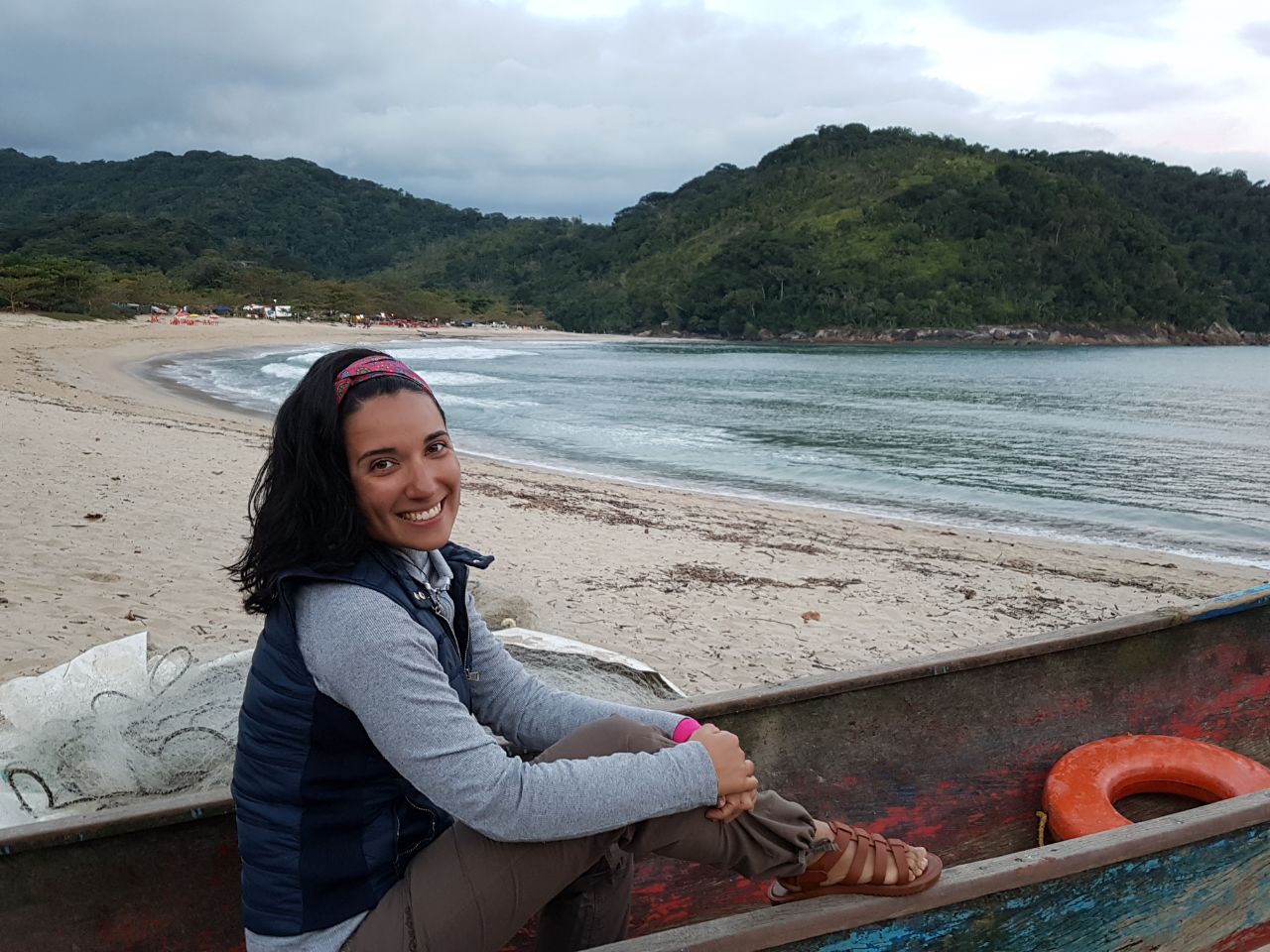When Nathalia was just 10 years old, she visited an indigenous Brazilian community which was populated by ‘Quilombola people.’ These people are the descendants of Afro-Brazilian slaves, many of whom escaped from slave plantations which existed in Brazil until 1888. This visit, which was organised as part of her humanitarian Waldorf schooling, had a profound impact on Nathalia. She realised from this young age that her passion and mission in life was to help people who were vulnerable or disadvantaged.
This philosophy was reinforced when Nathalia was working as a solicitor soon after she graduated from the Mackenzie Presbyterian University in Brazil. Nathalia was working for a large company where she was practising in consumer law. The only problem was, Nathalia was protecting the interests of the company, rather than those of the often more vulnerable consumers. She decided to leave this job and undertake further study under the supervision of Professor Solange Teles Da Silva.
Nathalia describes Solange as being her ‘academic mother.’ Under her guidance, Nathalia is undertaking further research in indigenous people’s rights to land in Brazil.
Just like in Australia, indigenous people in Brazil have struggled to gain access and rights to their traditional lands. Even though the Brazilian constitution of 1988 recognised indigenous rights to land in Brazil, the practical realities are somewhat different.
One example of the difficulties that indigenous communities face in terms of the recognition of their traditional land rights is the Belo Monte Dam Case. In this case, the Brazilian government started building a mega dam which would provide 11,000 megawatts of power. In order to successfully achieve this, water needed to be diverted from a large section of the Xingu River. The problem was, doing this would effectively displace 40,000 indigenous people as they relied on the river for sustenance. As you can imagine this led to time consuming and expensive legal actions.
Nathalia was advised to visit the UNE School of Law, in order to consult with Professor Paul Martin. Nathalia uses the methodology from the International Union for Conservation of Nature (IUCN) which was developed by Professor Martin. Using this methodology, Nathalia found an instrument called Anthropology Historic Zone. This instrument guarantees the right to land for traditional communities that live in the protected areas in Brazil. This is because, according to the National Framework in Brazil, traditional communities are unable to live in protection areas that are full protection categories.
Most interestingly, Nathalia has since found the only place this instrument was used in Brazil was the indigenous community she had visited as a 10 year old child!
During her three month visit to Australia, Nathalia is travelling to Sydney, Coffs Harbour, Wollongong and Melbourne. Nathalia’s husband Fabio is also currently visiting Australia.
Thank you for sharing your story Nathalia!








